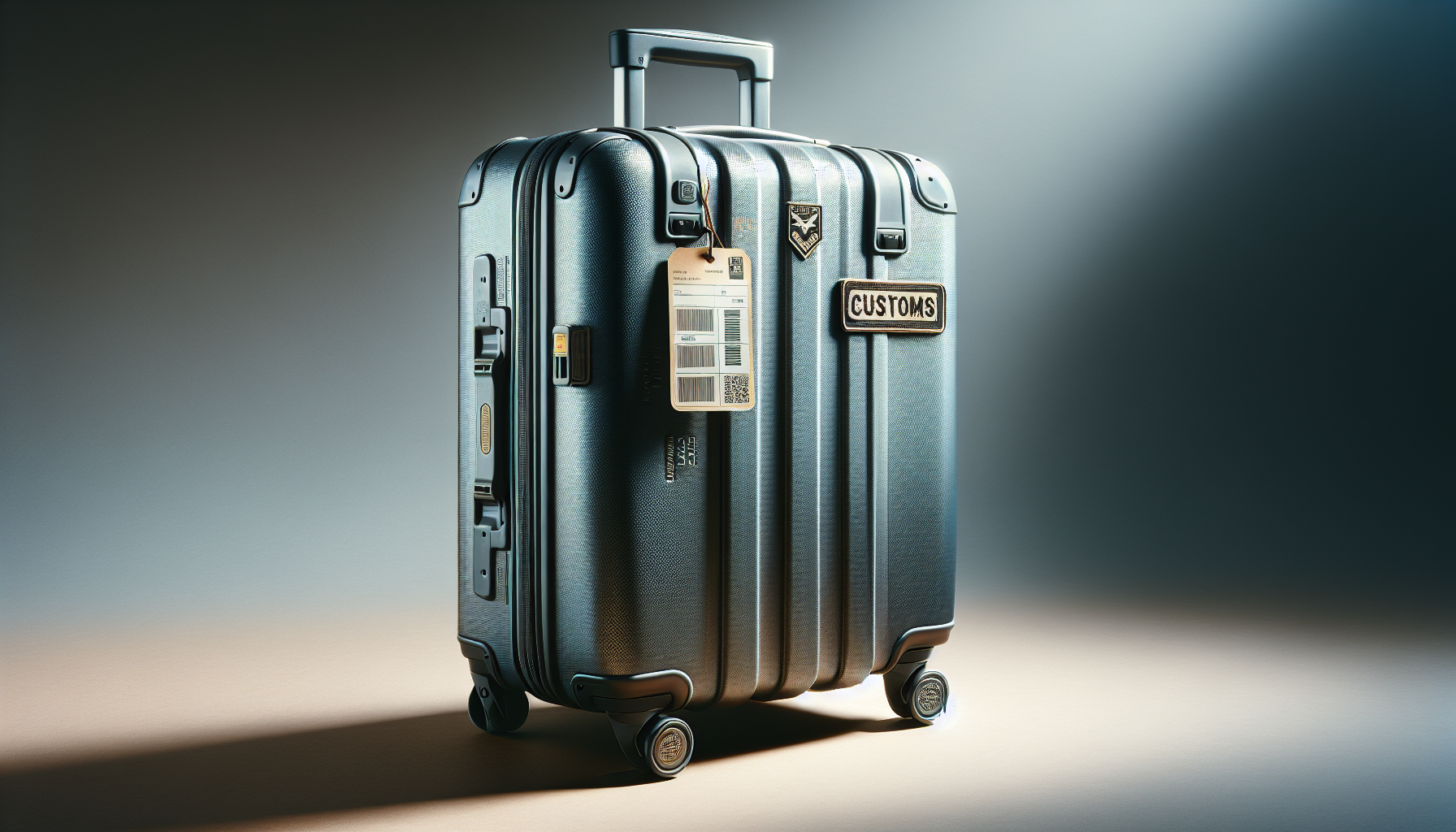ISF Filing For Personal Effects: Visual Guide For Brokers
?Are you preparing an ocean shipment of personal effects and need a clear, broker-friendly guide to ISF filing?
ISF Filing For Personal Effects: Visual Guide For Brokers
This guide helps you handle Importer Security Filing (ISF) when the cargo consists of personal effects. You’ll get practical steps, visual-style checklists, and compliance tips that make ISF filing predictable and auditable.

What is ISF and why it matters for personal effects
You already know ISF (Importer Security Filing, commonly called “10+2”) is a U.S. Customs and Border Protection (CBP) requirement for ocean cargo arriving to the United States. For personal effects, the rule still applies when the goods travel as ocean cargo (containerized or consolidated). ISF helps CBP target high-risk shipments, so accurate and timely filings reduce detention, fines, and release delays.
Expertise Depth
This section gives you practical, experienced-level guidance so you can file correctly and advise your clients confidently. You’ll see common pitfalls, recommended workarounds, and validation steps used by experienced brokers.
- Know the 10 importer data elements you’ll submit and the 2 carrier elements handled by the carrier.
- Understand exceptions and when you can use limited or alternate data (e.g., unaccompanied baggage, household goods moving under specific customs processes).
- Learn how to document “personal effects” vs. commercial cargo to support filings and audits.
When personal effects require ISF
You need to file ISF when personal effects are shipped as ocean cargo in containers or consolidated cargo destined to the U.S. Exceptions commonly include:
- Accompanied baggage arriving with a passenger (not ISF)
- Diplomatic shipments handled under special procedures (confirm with CBP)
- Cargo transported by modes other than vessel to the U.S. (different rules apply)
Always confirm the transport mode and shipment paperwork; if the items are containerized for vessel transport, assume ISF applies.

The 10 importer data elements (what you must collect)
You’ll gather these from your importer, shipper, or consignee. Collect complete, verifiable values to avoid amendments.
- Seller (Name and address)
- Buyer (Name and address)
- Importer of Record Number/Foreign Trade Zone applicant ID
- Consignee number/name/address
- Manufacturer or supplier name and address
- Ship-to party name and address
- Country of origin
- Commodity HTSUS number (or best available classification)
- Container stuffing location (where cargo was loaded into container)
- Consolidator (stuffer) name and address
The carrier supplies the +2 elements (vessel stow plan and container status messages).
Step-by-step broker workflow (visualized as checklist)
Below is a stepwise checklist you can follow for consistent, audit-ready ISF filing on personal effects:
- Verify transport mode is ocean and determine if the shipment is containerized or a consolidation.
- Confirm whether the shipment qualifies as accompanied baggage or other ISF-exempt status—document the basis for exemption.
- Collect the 10 importer data elements from the client and cross-check addresses and IDs.
- Assign who will be Importer of Record for filing purposes and obtain the required IRS/EIN/SSN/CBP-assigned number.
- Validate HTSUS or use reasonable commodity description if HTS is not available—document your decision.
- Submit ISF at least 24 hours prior to vessel departure from foreign port (or earlier if required).
- Monitor carrier +2 data uploads and container status messages for consistency.
- Amend ISF immediately if new or corrected information arrives; document the reason for the amendment.
- Keep filing records and supporting documentation for CBP audit timelines.
Common errors and quick fixes
You’ll see a few recurring mistakes that cause penalties or release delays; look for these and act quickly.
- Missing or invalid Importer of Record number — verify and refile.
- Incorrect consignee/ship-to party formatting — match to trade documentation.
- Not providing a reasonable HTSUS — provide a best-effort classification and notes.
- Late ISF filing — prevent by setting internal cutoff times tied to vessel ETD.
Edge cases you’ll encounter
Personal effects shipments can land in gray areas. Be prepared for these scenarios:
- Household goods moved via freight forwarders and declared as “personal effects” — you may need additional declarations, proof of residence, and duty exemption forms.
- Shipments with low-value, mixed-use items that blur the line between commercial and personal — document the importer’s intent and use photos/packing lists.
- Consolidations with personal effects mixed into commercial loads — you’ll need precise container stuffing location and consolidator information.
Compliance tips and audit readiness
You’ll keep your client moving if you standardize documentation and maintain evidence. Use these tips:
- Capture and store the original packing list, inventory, and consignee identification.
- Log the chain of communications showing who provided each data element.
- Implement an internal checklist that requires confirmation of ISF submission at least 24 hours before ETD.
- If a client claims ISF exemption, collect written justification and reference CBP rules.
Practical broker forms and templates
You should maintain templates to speed up onboardings and filings:
- ISF intake form for personal effects (10-element capture)
- Export packing list template and importer declaration
- Amendment justification template with timestamps and reference docs
Final notes and where to confirm rules
If anything is uncertain, contact CBP or consult your local customs representative before assuming exemptions. Rules evolve, and maintaining a compliance-first approach protects your clients and your brokerage.
You may also benefit from working with local specialists. For instance, if your work is based in California, you might contact an ISF Filing Expert in California, United States for region-specific questions and hands-on support.
This guide gives you a straightforward process and practical checks so you can file ISF for personal effects with confidence. Follow the checklist, document decisions, and stay proactive on amendments to reduce risk and speed release.
